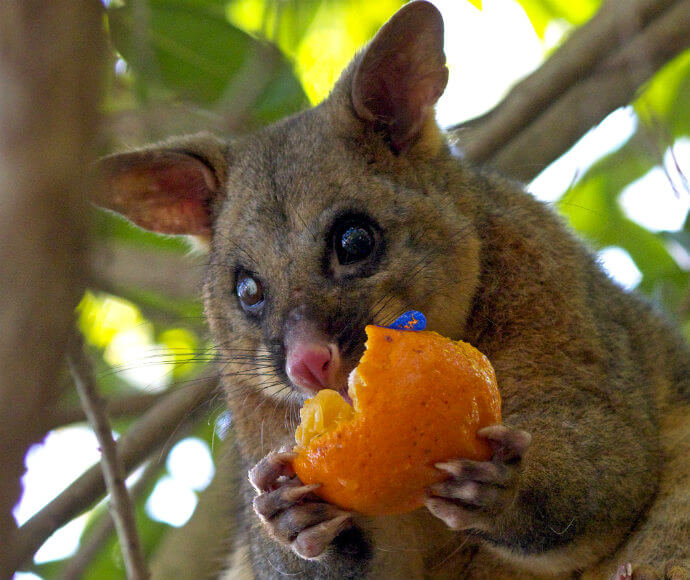All native birds, reptiles, amphibians and mammals, except dingoes, are protected in New South Wales under the Biodiversity Conservation Act 2016. It is an offence to harm, kill or remove native animals unless you hold a licence.
Learn about native animals
Understanding the behaviour and needs of native animals in your area is one of the best ways to appreciate them and to avoid conflict with them.
- Read Native animal fact sheets to learn about well-known and not so well-known mammals, birds, frogs and other native animals that may live in your local area.
- Search the BioNet Atlas of NSW Wildlife for recorded sightings of plants, mammals, birds, reptiles, amphibians, some fish and invertebrates that live in New South Wales.
- Contact your local council or Local Land Services for information or guides to native animals in your area.
Do not feed native animals
Many people feed native animals out of a misguided desire to care for them. Generally, it is not okay to feed wildlife. A moment's pleasure for you may result in future problems for animals and people.
If the person feeding a native animal doesn’t agree to stop and you are affected by the presence of the animal, your local National Parks and Wildlife Service office may be able to advise on how to tackle this problem. Alternatively, contact the Environment Line:
- by phone on 1300 361 967
- by email to [email protected].
